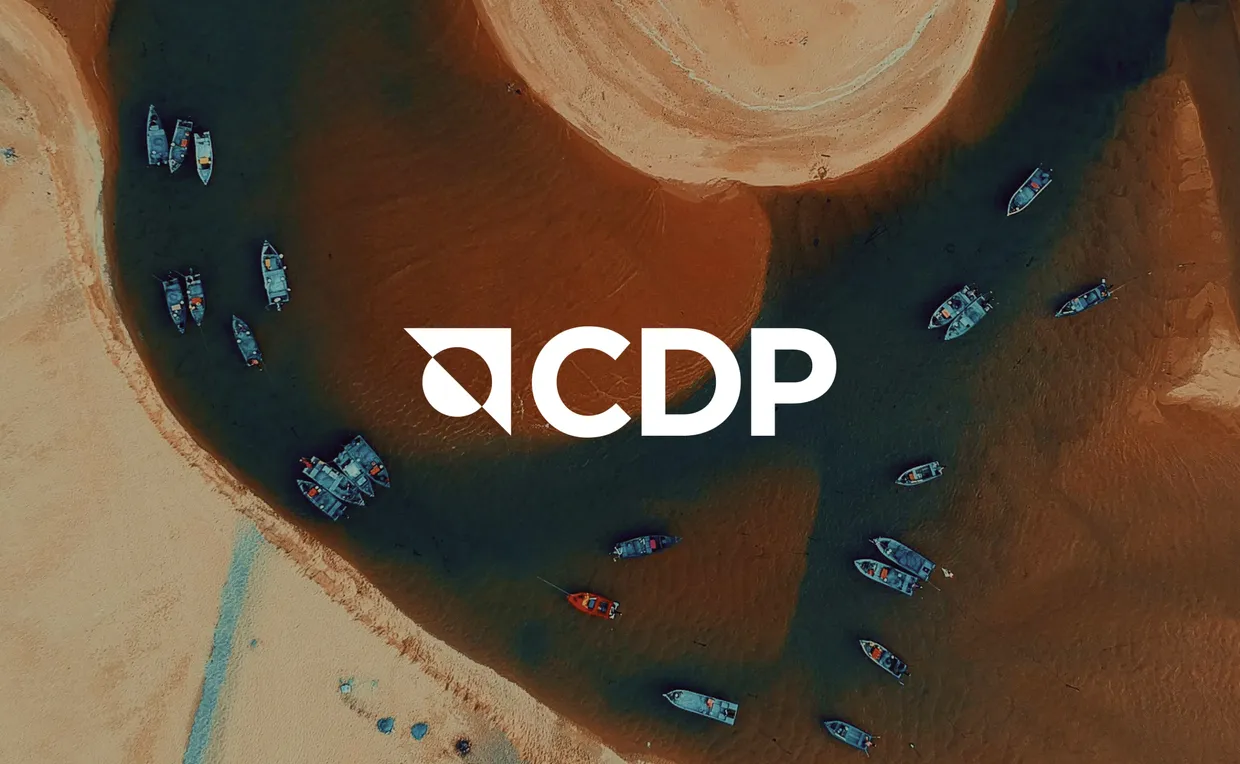What is the CDP?
The Carbon Disclosure Project (CDP) is a global disclosure system that enables companies, cities, states, and regions to measure and manage their environmental impacts. The extensive scope and impact of CDP data include its role in collecting sustainability disclosures from a diverse range of organizations, including companies, governments, and public authorities.
As a key aspect of environmental reporting, CDP plays a crucial role in helping organizations disclose their environmental data, including greenhouse gas emissions, water security, and forest management.
A substantial portion of global market capitalization is represented by companies disclosing through CDP. With over 9,600 companies disclosing through CDP in 2020, it has become a business norm for companies to report their environmental information, providing stakeholders with valuable insights into their sustainability strategy.
By participating in CDP, companies can demonstrate their commitment to reducing global greenhouse gas emissions and achieving a sustainable economy.
What is the goal of the CDP?
CDP works not only with businesses, but also with cities and governments to measure and manage the risks and opportunities related to climate change including the loss of biodiversity and water shortages. CDP works with a wide range of disclosing entities, including companies, governments, and public sector organizations.
Its work is based around the core values of transparency, accountability and progress. CDP is perceived worldwide as the gold standard in environmental reporting. CDP aims to establish environmental reporting and risk management as a business norm, encouraging companies to actively disclose their environmental impact. CDP helps organizations address challenges related to climate change, deforestation, and water security.
By disclosing their environmental data, companies can also gain access to valuable insights and guidance on how to reduce their carbon emissions and mitigate the impacts of climate change. Institutional investors, with their substantial assets, play a crucial role in driving environmental disclosure through CDP.
Furthermore, CDP reporting helps companies to prepare for a future with stricter regulations and stay ahead of the curve by fully aligning with the Taskforce on Climate-related Financial Disclosures (TCFD) recommendations.
Corporate efforts in sustainability and ESG reporting are essential, as they not only improve GHG emissions and environmental impact but also align with industry standards like CDP, enabling a more sustainable future. Environmental disclosures help manage long-term climate risks and enhance brand reputation, fostering proactive engagement with stakeholders and the public.
What are the benefits of reporting via the CDP?
1. Identify risks and improve performance
CDP reporting enables companies to recognize environmental risks and uncover opportunities to enhance their sustainability strategies.
2. Benchmark against industry standards
By participating in CDP, businesses can measure their environmental progress against global best practices and peers in their sector.
3. Strengthen stakeholder trust
Transparent environmental disclosures help build credibility and foster stronger relationships with customers, partners, and regulators.
4. Attract ESG-focused investment
Investors increasingly use CDP scores to guide decision-making. Strong scores demonstrate accountability and make companies more attractive to sustainable investment funds.
5. Gain insights to reduce impact
Through CDP, companies gain access to tools and guidance that support carbon reduction, improved resource use, and long-term climate resilience.
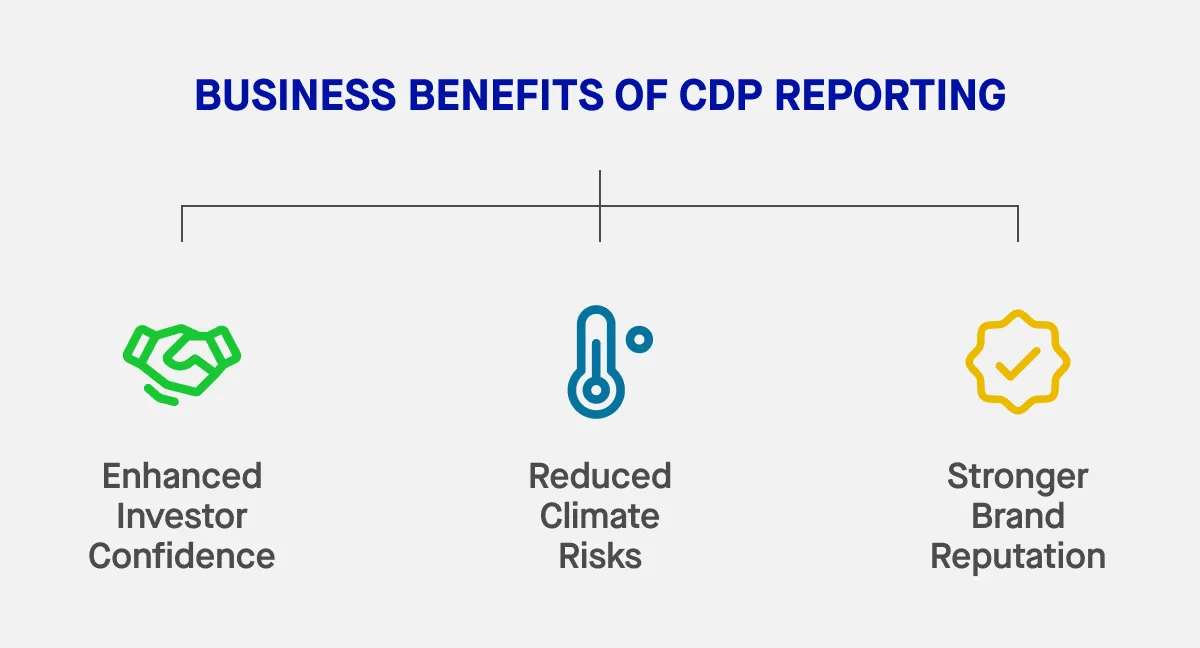
What is the link between CDP and the TCFD?
The CDP is in line with the TCFD framework, which provides recommendations for disclosing information on an organization’s governance, strategy, risk management, and metrics related its environmental impact across the entire supply chain. ESG reporting frameworks, including CDP, TCFD, GHG Protocol, GRI, and SBTi, aid in tracking and scoring sustainability efforts. The TCFD was created by the Financial Stability Board to provide essential guidance for companies and investors to mitigate climate risks and promote sustainable governance practices.
Identity resolution plays a crucial role in integrating customer datasets from various sources, creating unified customer profiles that enable effective segmentation and personalized marketing strategies. The goal is to help companies better understand and manage the financial risks associated with climate change, and to provide investors with more information to make informed investment decisions. It is crucial to embed climate change considerations into a company’s overall business strategy. CDP translates the TCFD recommendations and pillars into disclosure questions.
How can companies report via the CDP?
Reporting via the CDP is a four-step process. CDP questionnaires cover various themes such as climate, forests, and water, and vary based on industry and company characteristics. Responding to the CDP involves a structured process that ensures companies provide comprehensive environmental data. Collecting various data points is essential to create a comprehensive environmental report.
1. Register
The first step is to register with CDP. You can register for CDP’s climate change and/or water security program by visiting the CDP website and following the registration process.
2. Report
Once registered, you will be prompted to complete a disclosure questionnaire. For businesses, CDP offers three types of questionnaires. These are related to:
- Climate Change
- Forests
- Water security
Each questionnaire includes a series of top level questions, as well as sector specific ones, which are of particular relevance to high impact sectors.
3. Verify
CDP may require you to have your data externally verified, which can be done by an accredited verifier or by CDP’s own verification team. CDP will then score the responses and publish the results on their website. You will also receive a scorecard that provides detailed feedback on your performance.
4. Receive a grade
Companies are given a grade ranging from A to F. Companies that aim to achieve high scores must demonstrate ongoing improvement in reducing their emissions and maintaining low-impact operations. For example, a company might implement new energy-efficient technologies and regularly report on their progress to showcase their commitment to sustainability. Those which are able to display ongoing improvement in reducing their emissions and have low-impact operations receive higher marks – although the exact details of the grading system are updated annually.
At the end of every year, the CDP publishes its A List of companies, which have received the highest grading.
What are the reporting timescales?
CDP reporting is conducted annually, with the annual report portal opening in June and submissions due in mid-September 2026. CDP releases annual guidance updates that inform companies of the submission deadlines and introduce new questionnaires aimed at specific groups like small and medium enterprises (SMEs).
What data do you need to disclose?
It’s important to note that the CDP is a voluntary, self-reporting platform, so it’s up to you to provide transparent, self-reported data. Providing transparent carbon data in CDP questionnaires is crucial to demonstrate your commitment to sustainability and decarbonization initiatives.
The importance of first-party data in ensuring accurate and consent-based environmental reporting cannot be overstated. Here’s a top level overview of what’s needed for each questionnaire, but more detailed guidance can be found on the official CDP website. Both companies and cities disclose their environmental impact as part of the broader CDP initiative.
Climate change questionnaire – this focuses on the measurement of your GHG emissions, your company’s energy consumption and asks you to disclose your internal carbon pricing if you have this in place.
Forests questionnaire – this asks about your company’s water use and the methods that you’ve put in place for managing your water dependence.
Water security questionnaire – this asks about your company’s reliance on raw materials which contribute to deforestation in biodiverse areas.
Do you have to pay for CDP reporting?
There is a fee associated with participating in the CDP disclosure program, which varies depending on your company’s size and the level of reporting that you choose to participate in.
However, you can qualify for fee waivers based on certain criteria, such as being a small or medium-sized enterprise (SME), or being based in a low or lower-middle-income country. Some governments and organizations may cover the cost of CDP participation for companies based within their jurisdiction.
How can CDP scores be used?
There are many benefits to conducting your climate reporting via the Carbon Disclosure Project:
Benchmarking: CDP provides a standardized reporting framework that allows you to compare your performance to your competitors and identify areas for improvement.
Investor Interest: CDP is widely recognized by investors and other stakeholders as a reliable source of information on a company’s environmental performance.
Risk Management: By reporting on climate risks and opportunities, you can better understand and manage your exposure to these risks. Effective reporting and data management will equip organizations to navigate stricter regulations and minimize climate risk in the future. CDP enables companies to prepare for mandatory environmental reporting, helping them stay ahead of emerging regulations and mitigate risks. Government mandates, particularly under the Biden Administration’s adherence to the Paris Agreement, can drive significant changes in company practices and stimulate investment in green technologies. Additionally, regulators are increasingly focusing on climate risk in the financial system and creating mandates that impact business practices.
Reputation: CDP reporting can help your company to boost its reputation as a responsible corporate citizen.
Cost savings: CDP reporting process helps companies to identify and track their emissions, which can lead to cost savings through improved energy efficiency and reduced emissions. CDP reporting can also drive revenue growth through improved energy efficiency and reduced emissions.
Access to CDP’s network: By reporting through the CPD, you gain access to a network of investors, corporations, cities, states and regions, and can engage in opportunities for collaboration and partnerships.
How can you overcome common challenges?
Despite the many benefits of CDP reporting, companies may face challenges when it comes to disclosing their environmental data. Companies may face challenges in meeting the reporting requirements, particularly with emerging regulations and mandatory disclosures. One of the main challenges is the complex nature of the reporting process, which can be time-consuming and require significant resources.
Additionally, companies may struggle to identify and manage environmental risks and opportunities, particularly in their supply chain. However, with the help of CDP scoring partners like South Pole, companies can overcome these challenges and improve their CDP disclosure. By providing guidance and support, South Pole can help companies to enhance their environmental performance, reduce their greenhouse gas emissions, and achieve their sustainability goals.
What resources are available to support with CDP reporting?
There are several resources that can help companies with their CDP reporting:
CDP’s website: CDP’s website provides detailed information on the reporting process, including the questionnaire, scoring methodology, and guidance on data verification. The Online Response System (ORS) provides a secure online environment for companies to access their dashboards, monitor survey requirements, and manage submissions efficiently.
CDP’s support team: Companies can contact CDP’s support team for assistance with registration, reporting and data verification.
CDP’s training and events: CDP offers a range of training and events, such as webinars and workshops, to help companies understand the disclosure process and improve their reporting.
CDP’s guidance documents: CDP provides a range of guidance documents that provide detailed information on specific aspects of the disclosure process, such as data quality and data verification.
Sector-specific guidance: CDP also provides sector-specific guidance for various industries, such as automotive, banking, and real estate, to help companies understand the specific requirements and best practices for their industry.
Accredited partners: You can also seek help from CDP’s accredited partners that specialize in carbon emissions measurement and climate reporting. They can assist in the data collection process and provide guidance on how to communicate the results effectively.
Gap Analysis: CDP provides tools to help companies perform a gap analysis, assessing past performance against scoring methodologies to identify areas for improvement.
Effective project management is crucial in organizing and governing the CDP reporting process, ensuring that customer data is handled efficiently and structured approaches are followed.
Ready to start reporting?
Sweep is a CDP accredited gold provider so feel free to reach out to us for guidance and support through the process.
Sweep provides integrated support and guidance through the CDP reporting process.
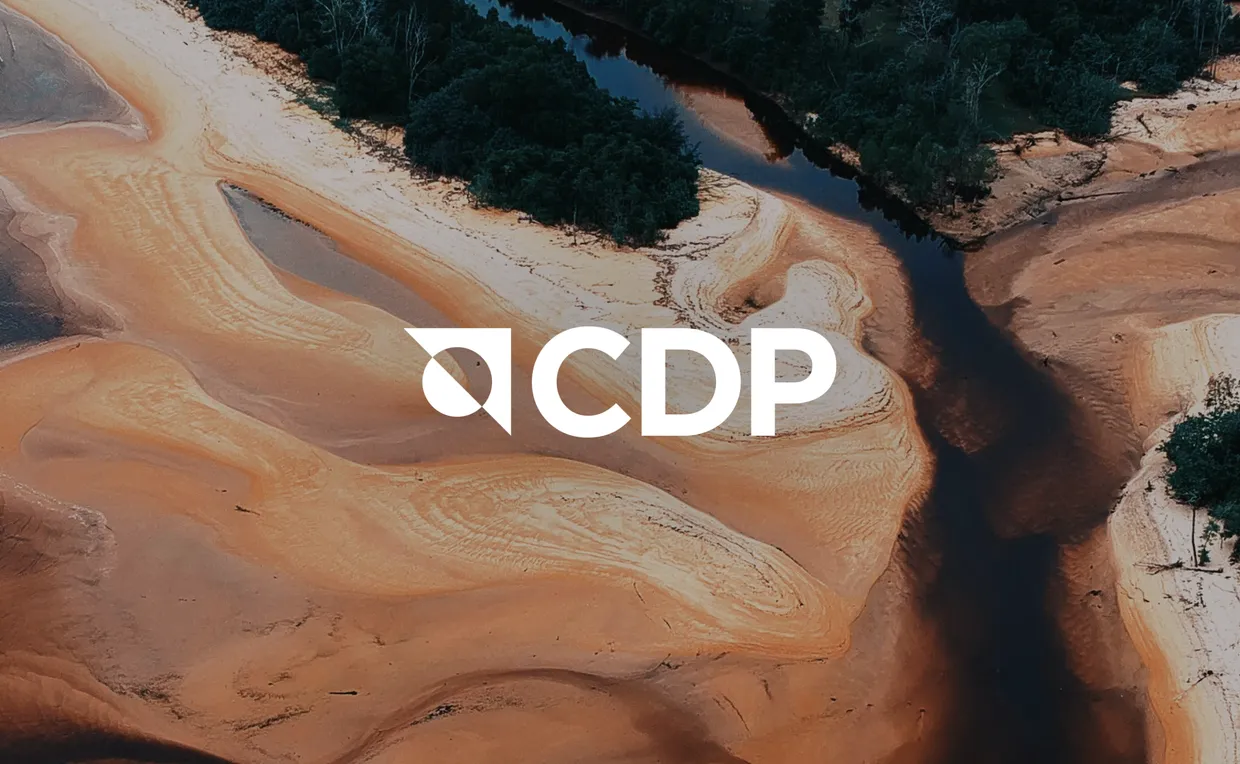

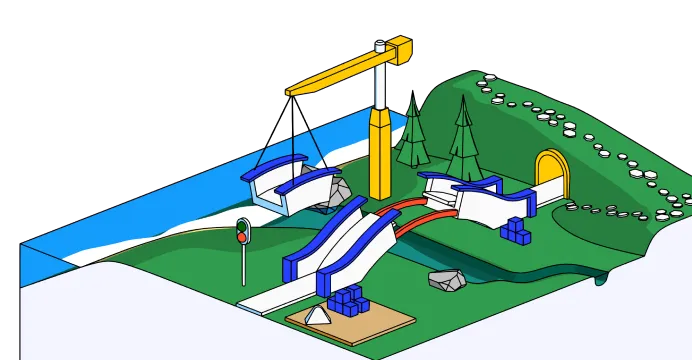
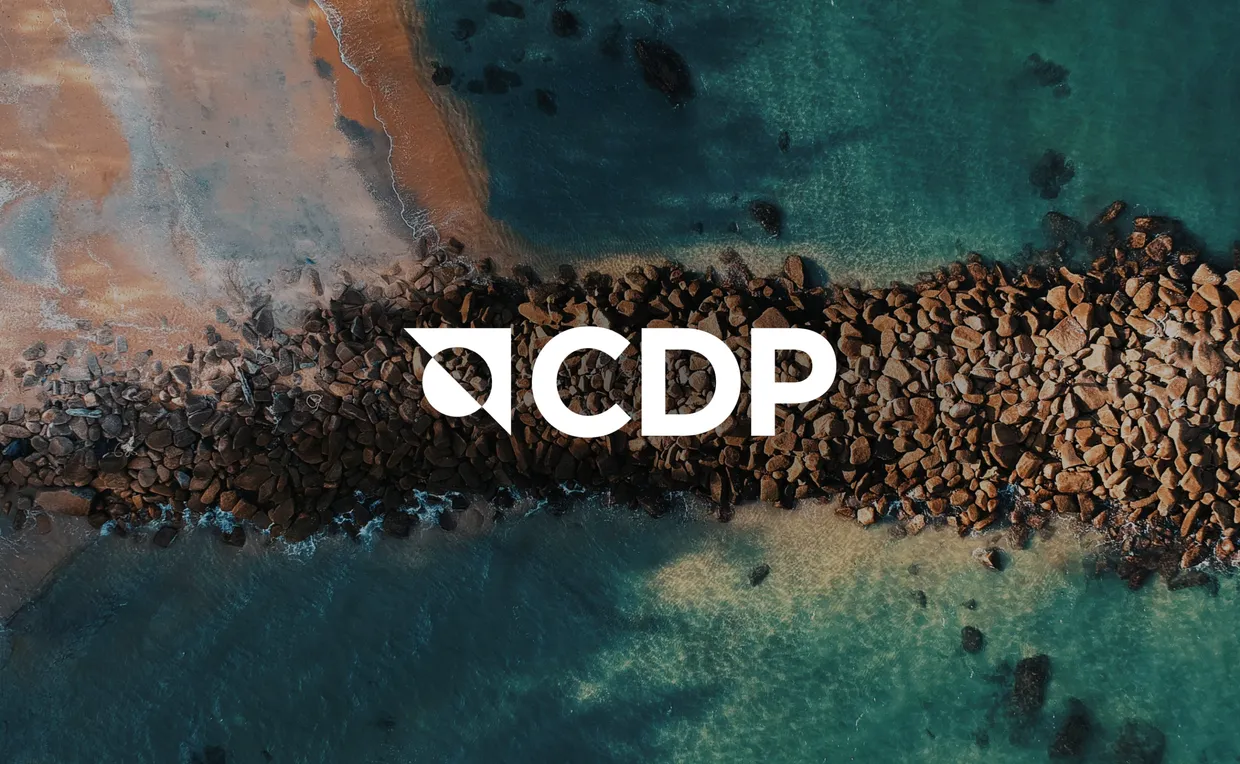
_ZgacEM.webp)
